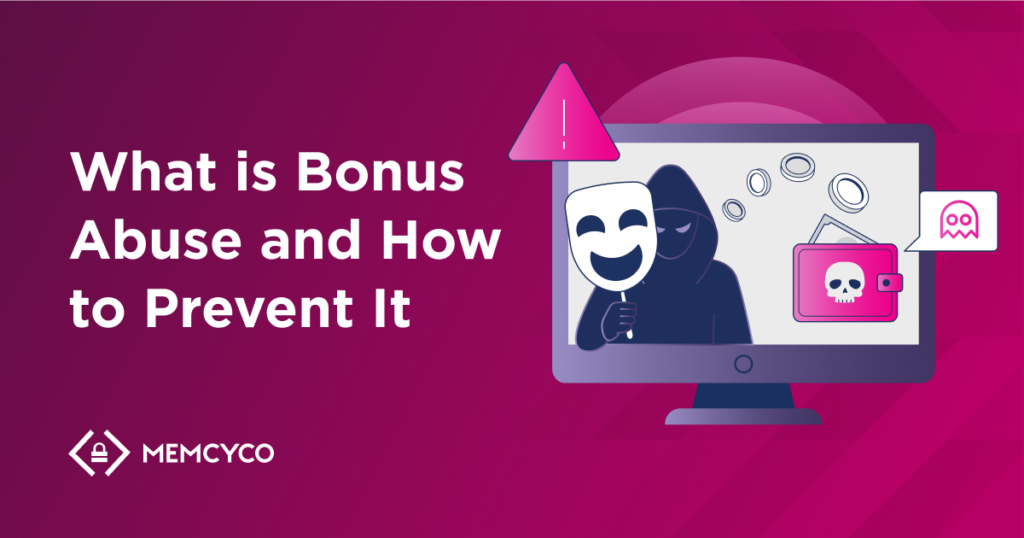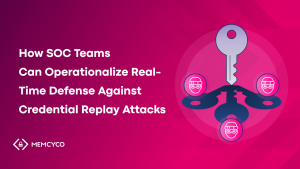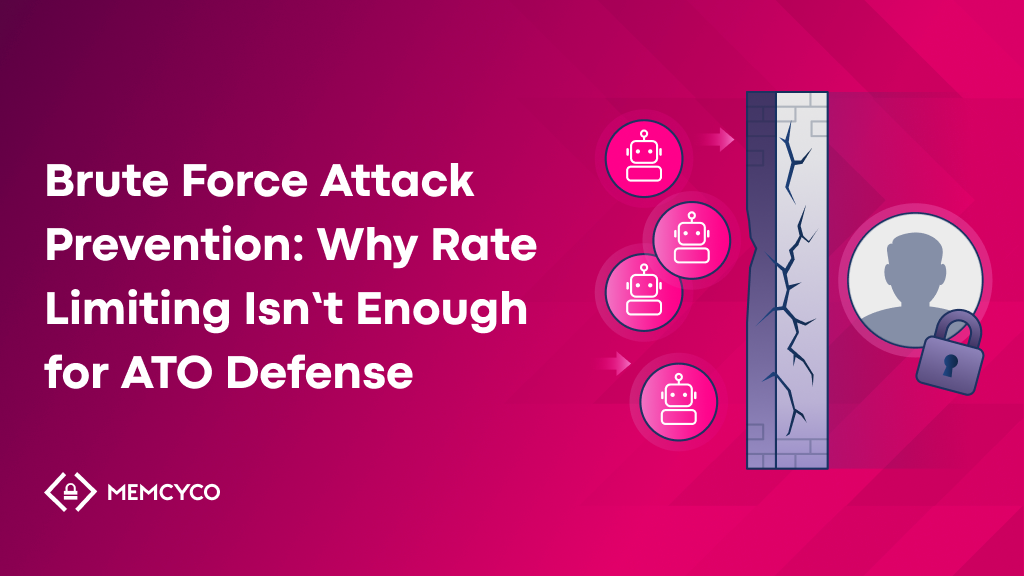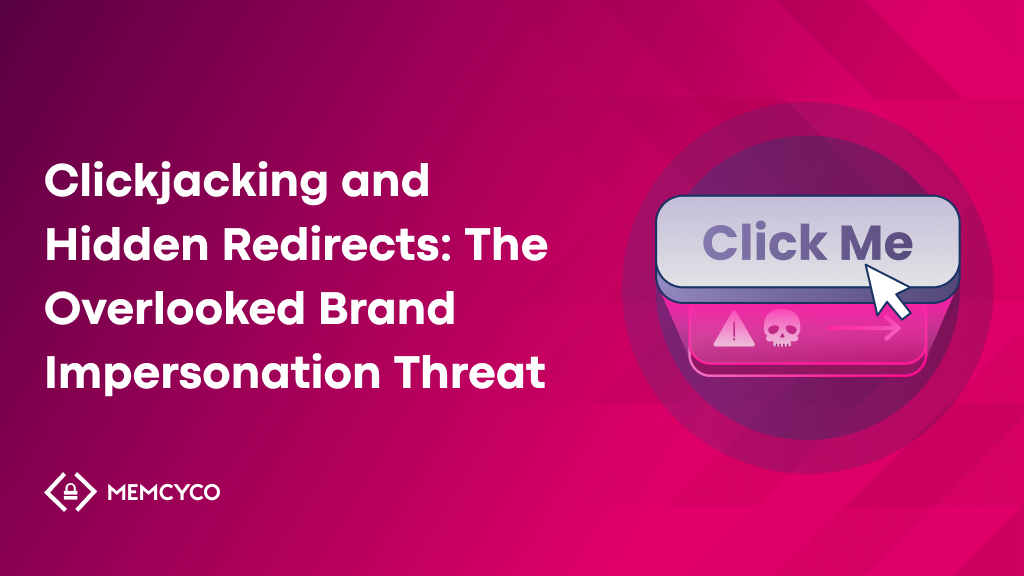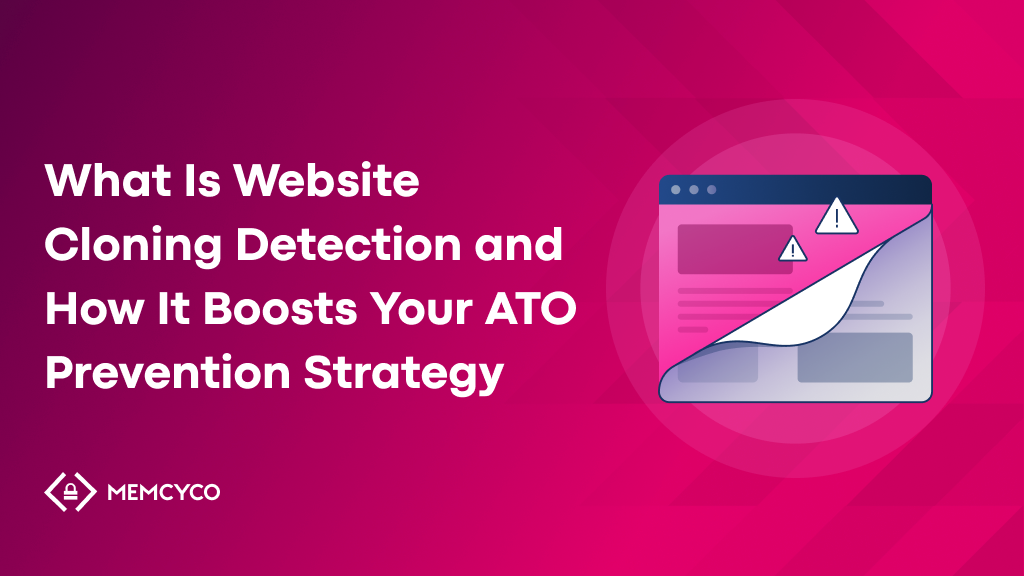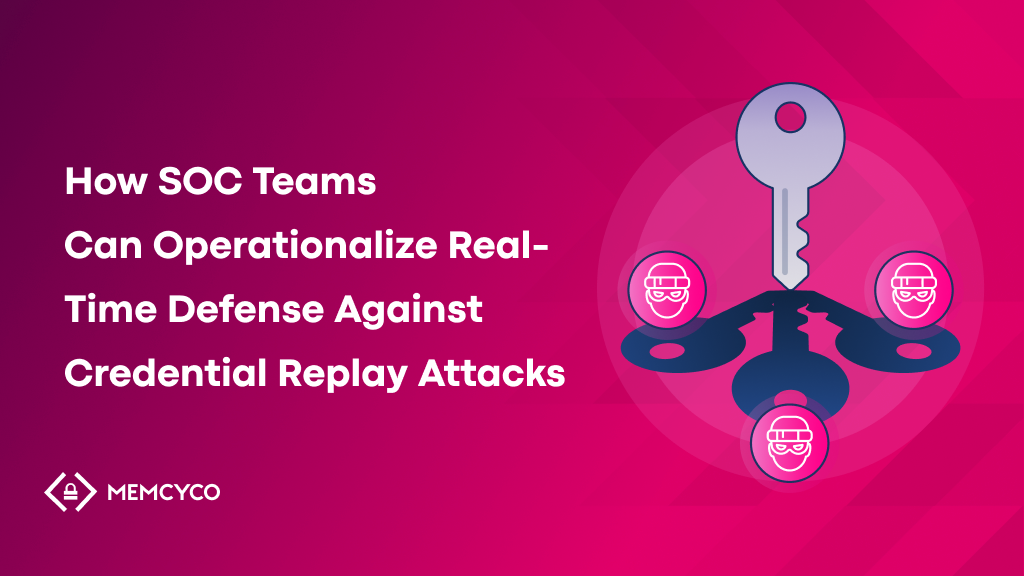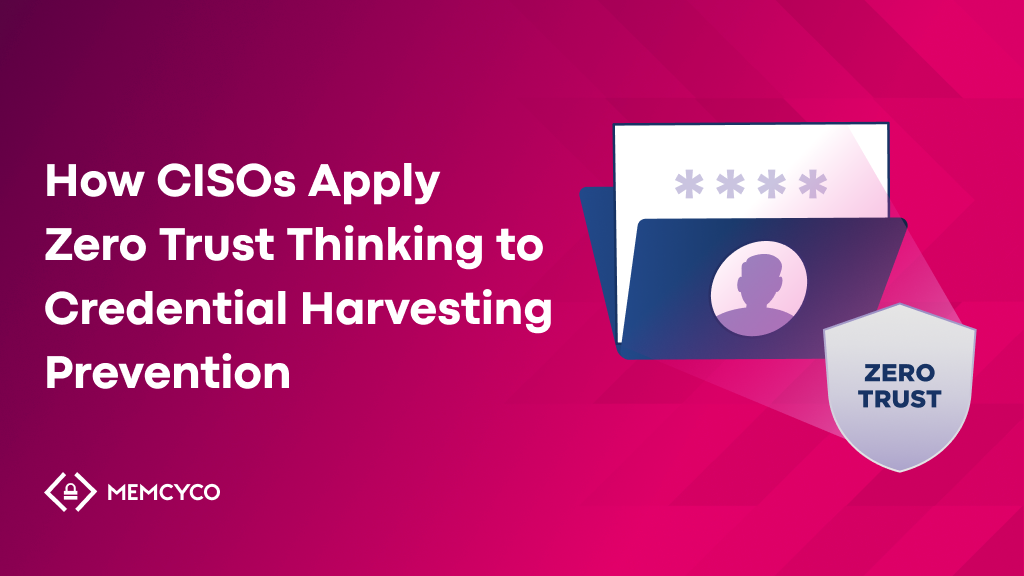Bonus offers, free trials, gifts, and other promotions are great ways for companies to encourage customer loyalty. But what happens when fraudsters and other malicious actors exploit the system to reap unfair rewards? Welcome to the world of bonus abuse.
Bonus abuse costs an average of 15% of the iGaming sector’s annual revenues. This unethical behavior takes advantage of incentives designed to attract new customers or reward long-standing ones. Though best known in online gaming and gambling, bonus abuse has become pervasive in e-commerce and beyond.
Because this type of abuse is so hard to detect and manage, enterprises prone to it may decide the cost of fixing the problem is greater than the problem itself. Now, however, companies whose revenue relies heavily on promotional strategies are increasing.
What is Bonus Abuse?
Bonus abuse occurs when fraudsters repeatedly claim limited offers, like sign-up or referral bonuses, by registering multiple times. This type of subscription abuse affects various sectors, including iGaming, e-commerce, retail, cryptocurrency exchanges, and investment platforms.
Various methods are used for bonus abuse, some of the most common being account takeovers (ATOs) and bot networks. ATOs occur when fraudsters steal or gain unauthorized access to a legitimate user’s account and use these stolen accounts to claim bonuses or rewards intended for the legitimate user. Attackers can steal account details via fake websites that mimic legitimate platforms and trick users into sharing their data.
In bot network methods, fraudsters often use networks of bots to simulate real users and exploit bonus systems. By creating multiple fake profiles, they can simulate legitimate user activity and claim bonuses numerous times.
Cybercriminals are creatively finding ways to maximize the benefit of these bonuses, and they are succeeding. In the world of e-commerce, two Florida men were arrested in 2022 for scamming Uber Eats out of over $1 million by exploiting a loophole in the system to create fake accounts, pose as both customers and delivery drivers, place orders, and cancel them to obtain prepaid company credit.
That same year, PayPal had to shut down 4.5 million accounts and significantly lower its forecast for new customers after discovering that its cash incentives for new accounts were being abused. We can soon see the real-world consequences of bonus abuse in action.
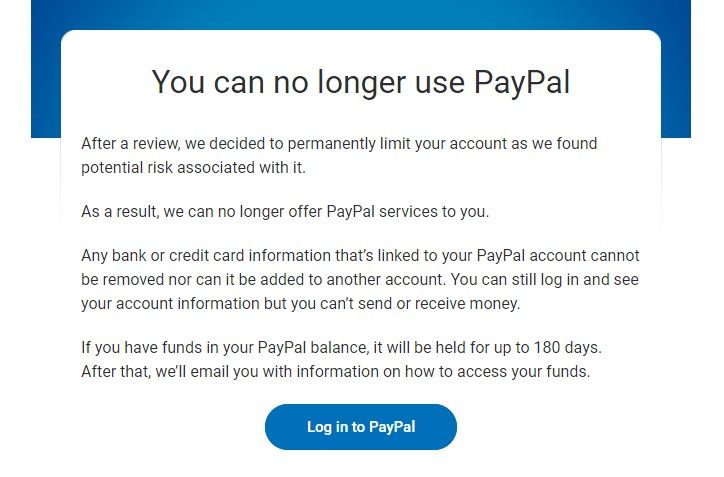
Common Types of Bonus Abuse
Bonus abuse occurs when individuals or organizations exploit loopholes in systems meant to reward loyalty, undermining incentive programs and causing financial losses. Recognizing and preventing common types of bonus abuse is crucial for ensuring bonuses effectively reward genuine engagement and loyalty.
1. Account Sharing
Account sharing bonus abuse involves multiple users exploiting a single account to claim offers, bypassing “one bonus per user” rules. Fraudsters use shared credentials, VPNs, or proxies to mask locations, often seen in services like streaming platforms. This practice causes financial losses and jeopardizes user data security.
2. Free Trials Abuse
Free trial abuse involves users exploiting free offers by creating fake accounts with disposable details or sharing trial accounts to avoid paying. It is common in digital services like streaming platforms. This abuse inflates marketing metrics, strains resources, and deters legitimate customers, often forcing businesses to limit or eliminate trials.
3. Promotional Offers Exploitation
Promotional offer abuse involves creating fake accounts, exploiting system glitches, and repeatedly using fraudulent referrals to claim new-user incentives. Fraudsters collaborate or use VPNs to bypass restrictions, inflating costs without converting users. This undermines loyalty, strains resources, and necessitates advanced fraud detection.
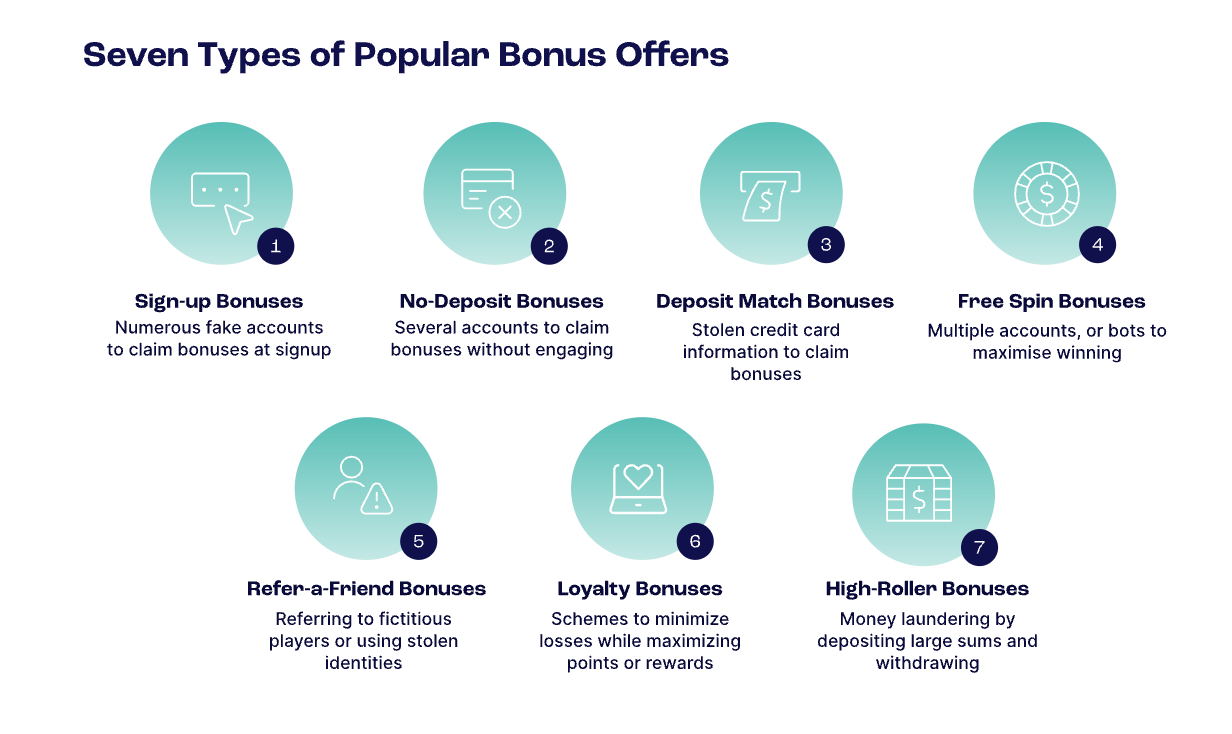
How to Prevent Bonus Abuse
To prevent bonus abuse, businesses must proactively identify and address signs of fraud, such as multiple accounts, stolen credit cards, or suspicious behavior. However, companies must ensure that their fraud prevention efforts don’t disrupt the experience for bona fide customers as much as possible. Effective methods include:
1. Implementing Strong Identity Verification
To ensure bonuses are awarded to genuine users, require identity verification before participation in bonus offers. Collect personally identifiable information (PII), such as government-issued IDs, phone numbers, or proof of address, and use Know Your Customer (KYC) tools to verify user identities. Cross-checking this information with third-party databases can help validate authenticity.
During the registration and login process, deploy CAPTCHA tests and implement multi-factor authentication (MFA) requesting users to send a verification code to their phone or email. This approach helps deter fraudsters who may attempt to use fake identities or disposable email addresses, ensuring that only legitimate users can claim bonuses.
2. Monitor User Profiles and Behavior
Identify and prevent users who attempt to pose as someone else to claim bonuses. Use AI and machine learning to detect anomalies in user profiles or behavior and monitor for patterns like mismatched identity details, stolen credentials, or duplicate account attempts.
User activity monitoring (UAM) tools can track signup frequency, account activity, and redemption patterns—and help flag abnormal actions like sudden referral spikes. Additionally, implementing behavioral analytics, which tracks interactions such as typing speed and mouse movements, can identify sophisticated fraud attempts, even when users try to mask their identity using VPNs or disposable tools.
You can use SIEM tools to analyze suspicious patterns and anomalies and integrate them with your real-time fraud detection tools to gain visibility into all relevant activity logs. This will allow you to immediately flag or block fraudulent accounts or transactions.Beyond detection, consider third-party solutions that offer dynamic risk profiling. These solutions enable you to continuously quantify cyber risk based on users’ changing behaviors and data, such as location or device usage.

3. Limits on Bonus Claims and Account Restrictions
Preventative measures are always more effective (and cheaper) than reactive ones. Rules like “one bonus per user,” “one bonus per IP address,” or “one bonus per household” help prevent the large-scale exploitation of promotional offers while ensuring fair use. Adding time-based restrictions, such as allowing only one bonus signup per IP address per hour and limiting daily or weekly redemptions, can further curb abuse.
Equally important is enforcing a one-account-per-user policy. By verifying unique phone numbers or email addresses during registration and using IP monitoring, businesses can reduce the risk of multiple accounts being created by the same user. This reduces the exploitation of “new customer” bonuses and simplifies account management.
Clear communication of these rules is essential to prevent confusion. Detailed terms and conditions outlining eligibility, redemption limits, and the consequences of abuse should be easily accessible and acknowledged by users before any bonus claim is processed.
4. Device Fingerprinting and Geo Data
Some solutions now use advanced device fingerprinting techniques to detect and prevent bonus abuse in real-time. These solutions create unique user-device pairings, flagging the telltale signs. For example, when the same user tries to secure bonuses beyond their entitlement using different email addresses and phone numbers on the same device.
By monitoring for anomalies, such as logins from unrecognized devices or patterns suggesting location spoofing, enterprises can also use advanced device fingerprinting to detect and prevent account takeover (ATO), which is often a first step to bonus abuse.
These tactics help detect patterns of abuse associated with repeated access from the same source and discourage fraudsters from using automation or multiple identities.
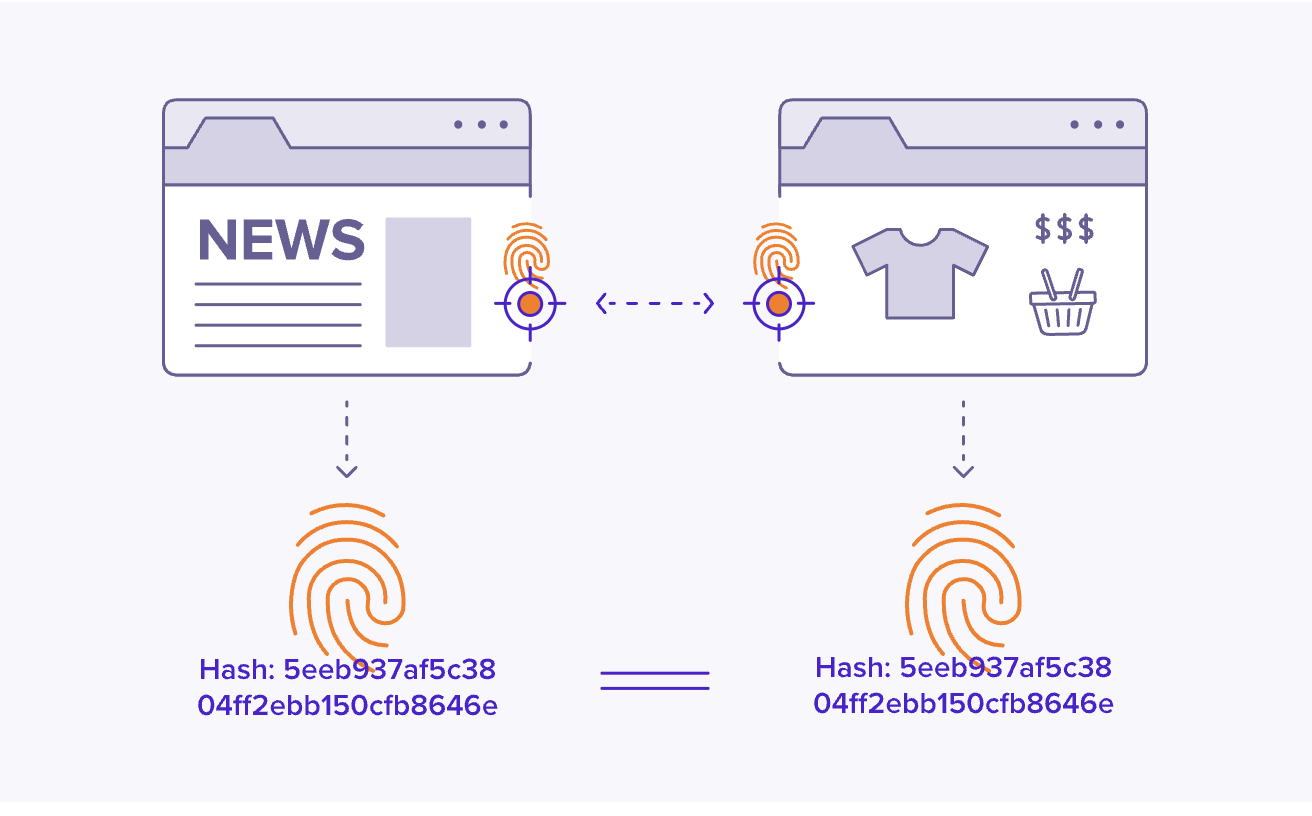
5. Regularly Auditing Promotional Campaigns
Continuously review the design and performance of promotional offers to identify vulnerabilities. Analyze key metrics such as redemption rates, where unusually high numbers could signal fraud or bulk redemptions, and conversion rates, which reveal whether users are genuinely engaging or exploiting the offer.
You should also monitor user engagement and retention, as this metric can detect any “bonus hunters” who sign up solely for your promotion and don’t engage with your brand afterward.
Ensure you gather user feedback to understand how well users comprehend the campaign’s terms, as confusion can sometimes lead to unintended exploitation. You can then use the post-campaign analytics to identify trends in abuse and improve future campaigns.
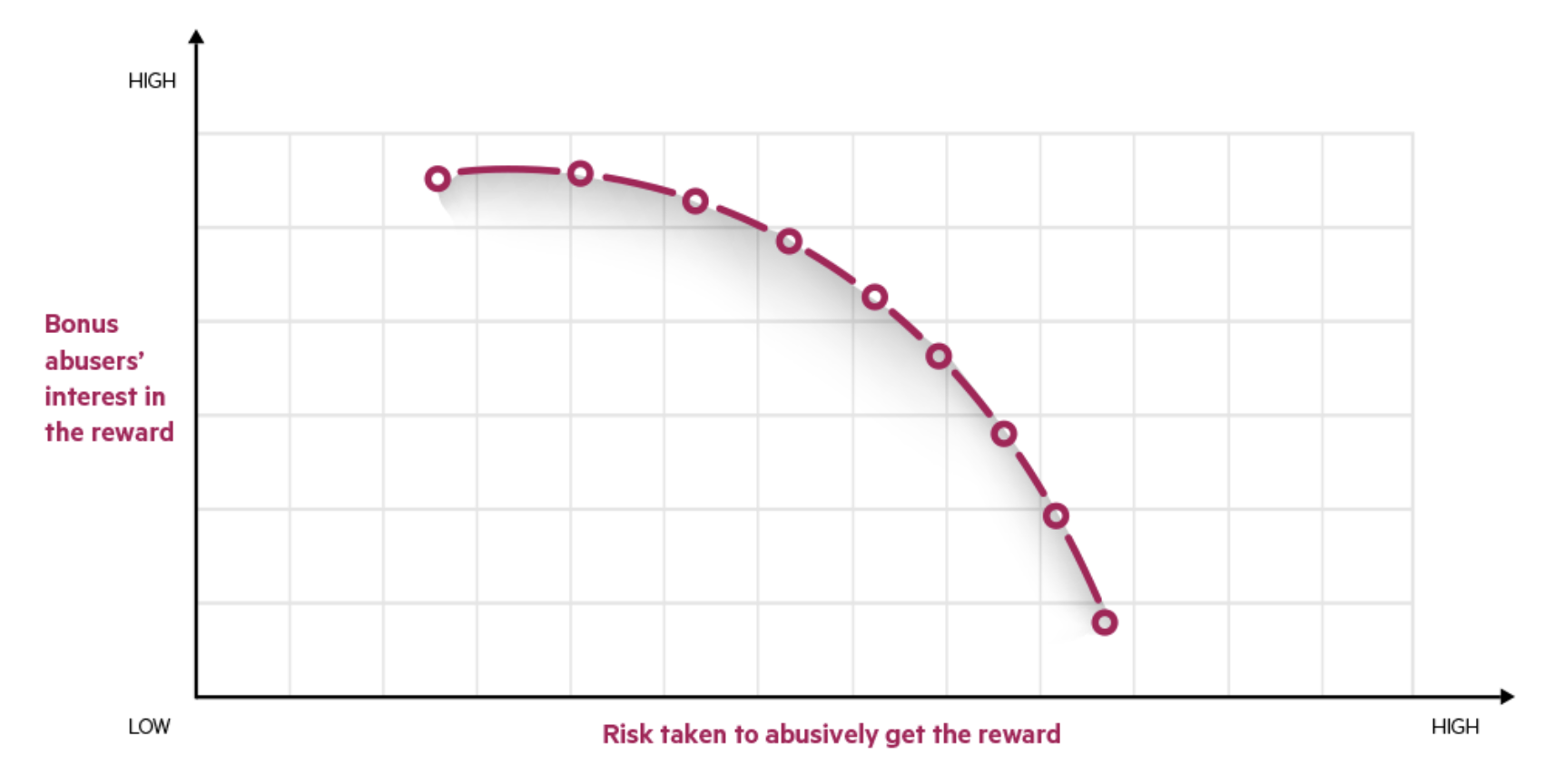
6. Fraud detection tools
Fraud detection tools are vital for countering bonus abuse. But looking for signs of abuse alone isn’t enough. Companies need to stop bonus abuse in its tracks. One method for doing so is to prevent account takeovers (ATO) and other methods attackers use to steal information (which they then use for bonus abuse).
Memcyco’s solutions detect fake websites in real-time, enabling businesses to react and act fast before fraudsters can steal their users’ details. Memcyco’s behavior analysis capabilities take this detection a step further by providing enriched insight into the attacker, their location, and details of all potential victims. This information supports faster incident response and thorough documentation that can help reduce legal risks.
Security Shouldn’t Be a Bonus: Start Detecting Bonus Abuse in Real-time with Memcyco
Preventing bonus abuse is crucial for businesses that rely on promotional incentives. This abuse undermines revenue and customer loyalty, often through tactics like account takeovers (ATO) and fake websites. Fraudsters use these methods to steal credentials, exploit accounts, or create fake accounts for fraudulent bonus claims.
Using behavior analysis, Memcyco detects fake websites in real-time. Its agentless, easily deployable solution can help you act fast when your website has been cloned and prevent credential theft and impersonation scams, which can feed bonus abuse. Memcyco also issues red alerts to customers visiting these fake sites, warning them not to give out their information. This safeguards user accounts, reduces fraudulent bonus activity, and builds customer trust, all while supporting compliance with data protection regulations.
Protect your bonuses and your brand—Learn more today.
